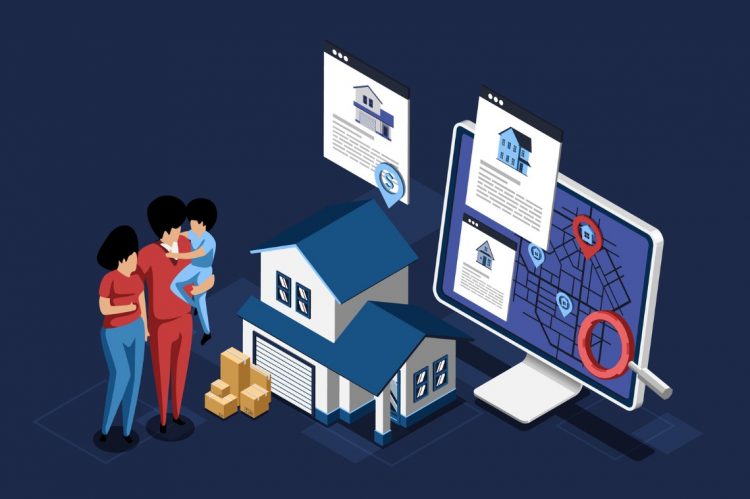Homeowners nationwide pay an average payment of $2,317 monthly on their mortgages, according to a new report from LendingTree. But, where can a homebuyer find the highest and lowest mortgage payments?
LendingTree’s new report analyzed mortgages offered, and their payments, to users of the LendingTree platform across the nation’s 50 states from January 1 through March 31, 2023 to determine the states with the highest and lowest payments. The report found that recent borrowers in every state can expect to spend an average of at least $1,700 a month on their monthly mortgage payments.
Key highlights:
- Hawaii has the highest monthly payment at $3,696, a $1,379 difference from the national average. Here the average monthly household income is $9,313, which makes the mortgage payment 39.69% of their income.
- Second highest is California at $3,399, a $1,082 difference from the national average. Mortgage payments take up 33.72% of a household’s $10,079 monthly income.
- Massachusetts falls in third at $3,021, a $704 difference from the national average. The average monthly household income is $10,399, making mortgage payments 29.05% of people’s income.
- For the lowest payment, West Virginia comes in first at $1,700, $617 less than the national average. Here the average monthly household income is $6,025, which makes the mortgage payment 28.22% of their income.
- Kentucky is second at $1,711, $606 less than the national average. Mortgage payments take up 26.93% of a household’s $6,353 monthly income.
- Third is Michigan at $1,742, $575 less than the national average. The average monthly household income is $7,174, making mortgage payments 24.28% of people’s income.
Major takeaway:
“Unfortunately even as the housing market cools and prices fall in some areas, mortgage payments are likely to remain steep for most new buyers, at least compared to where they were over the pandemic,” said Jacob Channel, LendingTree’s Senior Economist and report author. “This is because mortgage rates are poised to remain relatively high for some time while prices aren’t likely to drop drastically in most parts of the country.”
“Looking at the cost of new mortgages is important when gauging the overall state of the housing market, but it doesn’t tell the whole story. It does help illustrate that rising mortgage rates and payments don’t necessarily mean the housing market is on the verge of collapse,” continued Channel. “After all, even if new borrowers will likely have a tougher time making payments, homeowners with older loans or no loans are still in a good place to keep on top of their housing costs.”
For the full report, click here.












